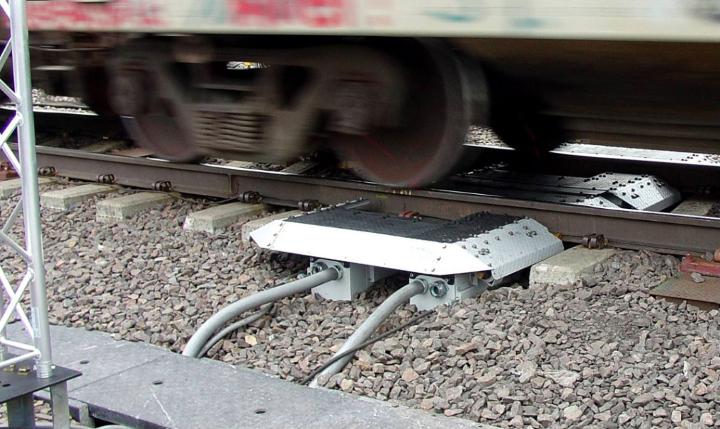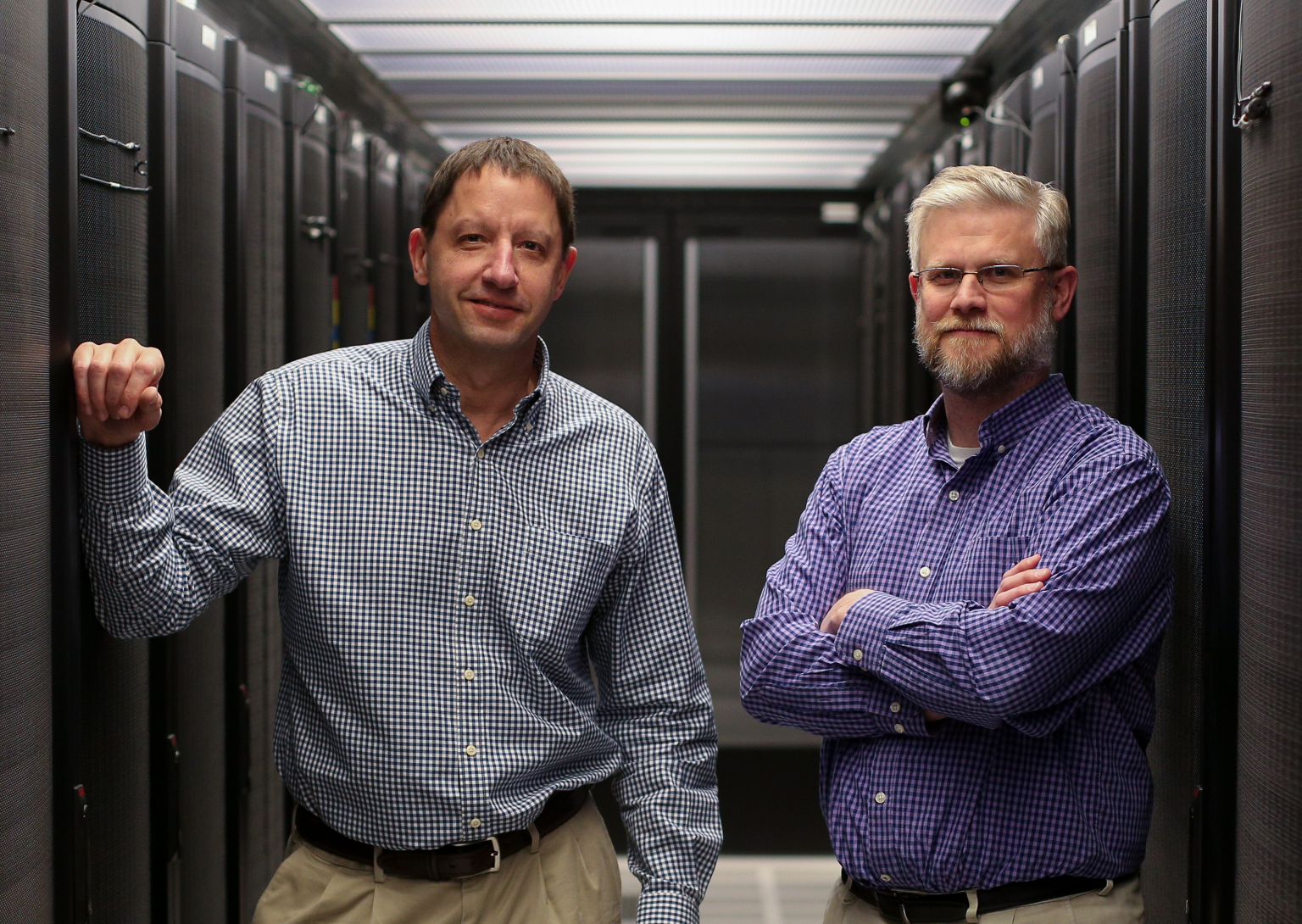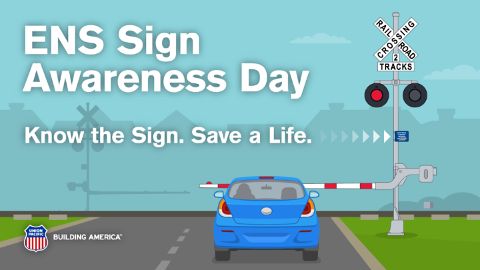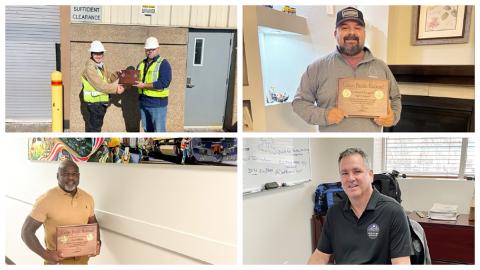Imagine if roadside sensors could warn you before one of your tires suffers a blowout, preventing an accident. While that technology is still a fantasy for drivers, Union Pacific Railroad has been using a similar technology to prevent train derailments for years.
Subscribe to Inside Track
It comes by way of thousands of strategically placed sensors along Union Pacific's more than 32,000-mile rail network and a sophisticated system that converts detections into data identifying rail car wheel defects like flat spots and worn bearings. Bearings are mechanical components facilitating movement and reducing friction.
"People would be amazed by the amount of information we're able to capture and analyze using wayside detectors," said Union Pacific's Mike Pfeifer, director of Information Technologies.
Each detector compiles a specific type of data. For instance, hot bearing – or hot box – detectors capture wheel and bearing temperatures; wheel impact load detectors measure the forces of the wheel on the track searching for flat spots; and acoustical bearing detectors listen for internal defects using microphone banks.
In one day, Union Pacific records approximately 16 million rail car bearing temperatures, 7 million wheel temperatures, 250,000 wheel impact measurements and 100,000 bearing acoustic measurements using more than 5,000 sensors.
How is that much data managed? Detectors transfer recorded events in near real time to central servers at Union Pacific's Omaha data center where the expert analytics system created by Pfeifer and his team analyzes the millions of readings to generate actionable predictions. The system alerts appropriate personnel when these readings indicate a problem.

Wheel profile detectors capture critical information every time a train passes by.
Internal analysts determine whether to immediately pass the information to dispatchers, who can stop the train if necessary, inform the mechanical derailment prevention desk for further analysis or flag the wheel if future intervention may be necessary.
Collated data is stored for seven years.
"Data summaries – a summarization of hundreds of historical detector reads for a wheel – are just as important as wheel defect readings," Pfeifer said. "Viewing historical trends can help detect an issue before it gets to a critical state that could result in a derailment."
"The system acts as a bridge between the information we capture and our response based on the analysis," said Union Pacific's Bill Sheesley, manager of mechanical engineering. "It has revolutionized the way we operate because it allows us to troubleshoot defects that are either indiscernible or imperceptible by other means."
Pfeifer's system plays an essential role matching the wheel measurements with specific rail cars, leading to accurate findings and, best of all, quicker response times.
"Because all of our analysts have an engineering background, we're easily able to identify data patterns and recognize where each measurement lands on the spectrum of severity," Sheesley said. "With safety being Union Pacific's top priority, we always err on the side of caution."
As Union Pacific Information Technologies employees are continuously encouraged to keep their wheels in motion, innovative projects involving train diagnostics keep growing.
The railroad currently is piloting camera-based image analysis on rail car couplers – mechanisms used to connect railway vehicles – near North Platte, Nebraska. When a defective coupler is detected, it will trigger an alert to the internal system so the proper parties are notified and can promptly respond.
Leave it up to employees' imagination and ingenuity to determine what will come next.






